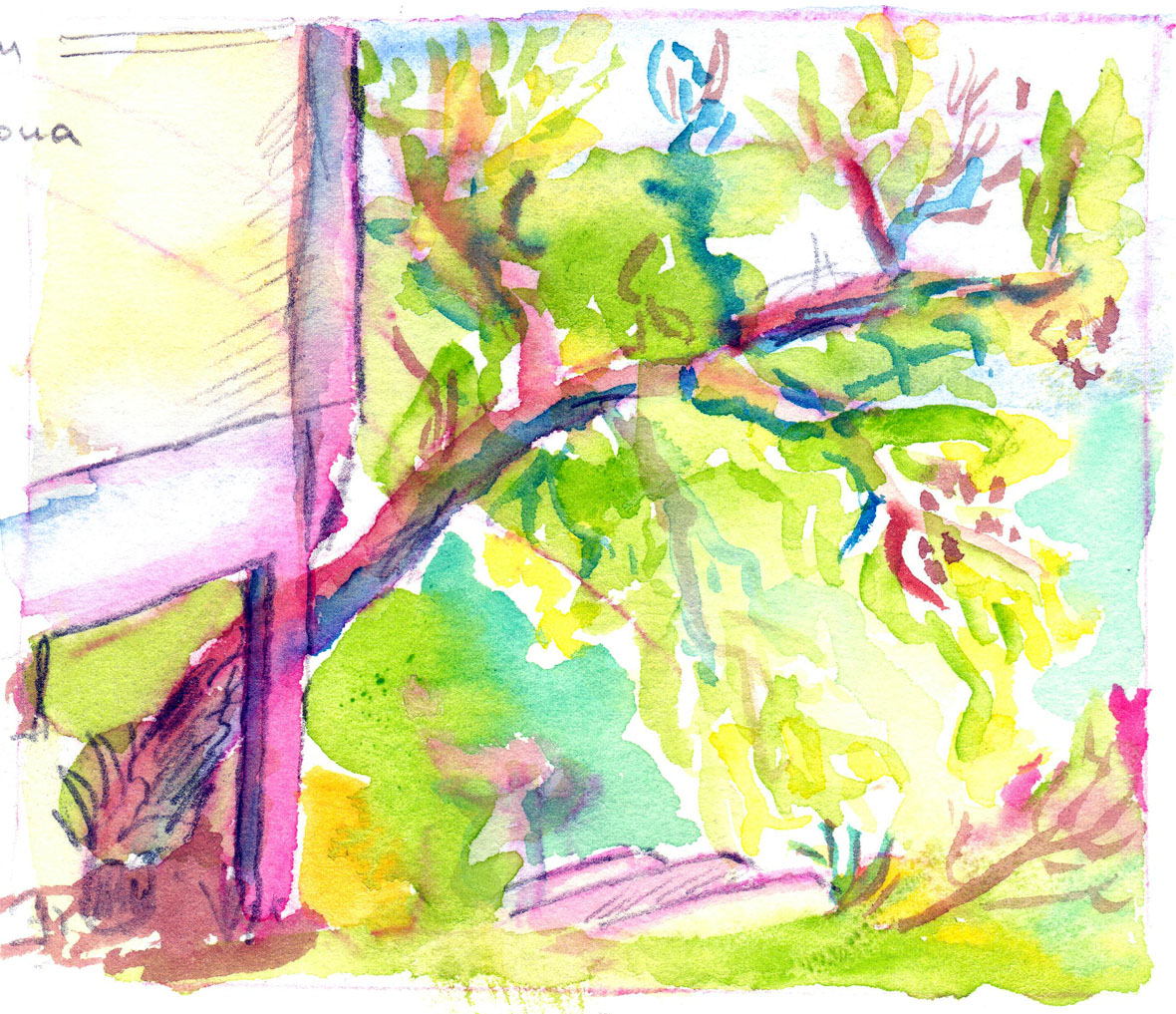1.4.6 Methods of Data Collection
The two main methods of data collection were loosely structured interviews and participant observation. The unobtrusively held interviews lasted twenty minutes to several hours. I took them in congregations, offices, private homes, cars, public places, after services and on hikes in open nature.
Not all, but many interviews got recorded on tape, which allowed hearing them carefully over later. Often I listened to them again immediately after recording, when I drove „home”. Back in Europe I listened to them repeatedly again to get acquainted with expressions and to find connections of which I became not aware spontaneously. Whispering respondents made it difficult to reconstruct what they said. The tape recorder formed no problem. If an issue became touchy, I turned it off for the speaker. Depending on the situation, I could also take notes during interviews.
Participant observation concentrated on physical settings and interactions of believers, with their supernatural, between and among them and with their environments. As making notes of a sermon or testimony was common, my noting appeared unobtrusive. The social-structure and the sharing of power became visible in public and unofficial meetings of groups. Sometimes I had to write down observations late in the evening or at night, after I returned to my room. Since 1996 a notebook allowed quickly to write down notes. Yet mistakes with passwords rendered some notes unaccessible later.
Collecting and sifting literature, books, periodicals, tracts and other publications, became another means of data collection. The limited time for my study reduced its use far below of what I originally hoped. However, one disadvantage of published material is that it often represents official and wishful views of leaders of the movement. The interviews and notes of participant observation that I collected, I could regard as the unique sources for this study.

Data collection I closed after leaving the field in 1997. Working out the interviews turned out a very time-consuming effort. A sound card and a larger hard disk on the PC became an excellent help. I copied the interviews from the audio tapes as „wave” files onto the hard disk. This allowed processing any interview with the computer mouse. On the cassettes spooling to or finding a certain passage can be very be time-consuming. Since on the PC screen a wave file appears also graphically, with the mouse pointer any place in the interview became immediately accessible. In addition, the computer allowed quickly to look up cross references, parallels and contradictions between worked out interviews and field notes.